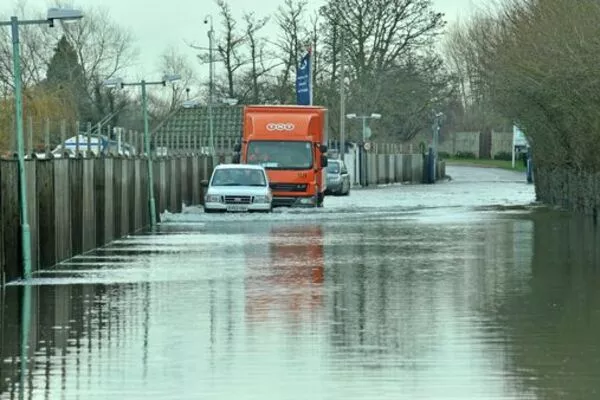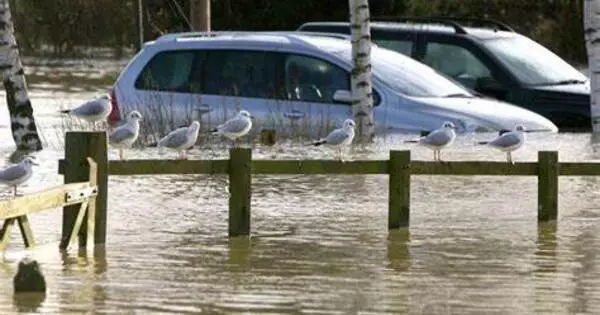Moving communities away from flood hazards while minimizing damage necessitates careful planning, coordination, and consideration of social, economic, and environmental factors.
As sea levels rise and flooding becomes more common, many countries are considering a contentious strategy: community relocation. A Stanford University study of planned relocations around the world, published in Nature Climate Change, reveals a blueprint for positive outcomes from an approach that is frequently regarded as a last resort. The authors discover that community engagement is important: the more community members who influence whether, where, and how to relocate, the more successful the outcomes.
“Planned relocation is complex and generally considered a’measure of last resort,’ but countries like Fiji are developing national policies to guide approaches,” said study lead author Erica Bower, a PhD student in Stanford’s Emmett Interdisciplinary Program in Environment and Resources. “The findings of this paper provide policymakers and decision-makers with insights to help ensure relocated communities are not left in worse circumstances.”
Planned relocation is complex and generally considered a ‘measure of last resort,’ but countries like Fiji are developing national policies to guide approaches. The findings of this paper provide policymakers and decision-makers with insights to help ensure relocated communities are not left in worse circumstances.
Erica Bower
Rising seas, rising risks
Flooding drives millions of people from their homes every year. This nightmare scenario is likely to become more common as sea levels rise and rainfall increases. Moving communities away from these danger zones in a planned and anticipatory manner can prevent future forced displacement, but it is considered a last resort due to the potential for unemployment, food insecurity, heritage loss, and other negative consequences.
The researchers examined six types of outcomes for completed relocations around the world to better understand options for making the most of a difficult situation. Cultural dimensions, such as access to ancestral burial sites and places of worship, fared the worst across 14 planned relocations, from Allenville, Arizona, to Vunidogoloa, Fiji. Conversely, physical, human, and natural dimensions were more often positive, while financial and social outcomes were mixed.
There was no consistent aspect of planning or execution across all relocations deemed successful or unsuccessful in terms of the six outcomes required for sustainable livelihoods. However, rather than governments, most successful relocations were initiated and driven by community members. This finding backs up previous research findings about the importance of meaningful community engagement at all stages of the relocation process.

For the first time, the analysis revealed evidence that the pace of relocation influences the prospects for positive outcomes, but in different ways for small and large communities. Small, close-knit communities with a common identity achieve the best results through slow, deliberate efforts. The slower pace can help keep the community together, not only philosophically, but also physically, through shared temporary housing, for example. Large communities, on the other hand, benefit from quick and efficient processes, which are frequently used in an emergency response to a disaster.
Perhaps most surprisingly, the analysis found the distance a community moved made little difference for livelihood outcomes. One possible explanation is that the success of a relocation is controlled more by elevation change than horizontal distance. Another is that cultural and jurisdictional factors may matter more than distance, especially for indigenous and other communities with strong attachment to place.
Distance, for example, was less important in Fiji than whether the move occurred on land already owned by the community, ensuring that the move did not challenge territorial sovereignty, protected connection to place, had historical precedent, and enabled continuity of everyday practices and livelihoods, such as small?scale farming and fishing.
“It would be great if people never had to move,” study co-author Chris Field, the Perry L. McCarty Director of the Stanford Woods Institute for the Environment within the Stanford Doerr School of Sustainability, said. “However, relocations will be necessary, and we should do everything we can to ensure that when people must relocate, they do so to safer places and to better lives.”
















